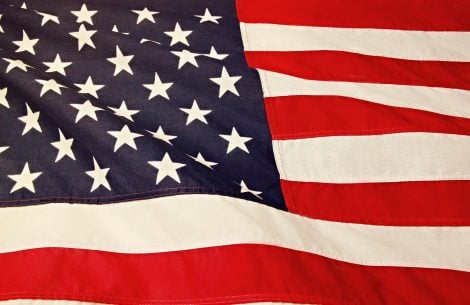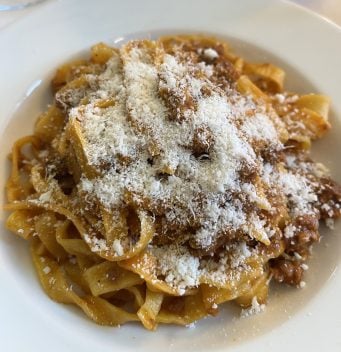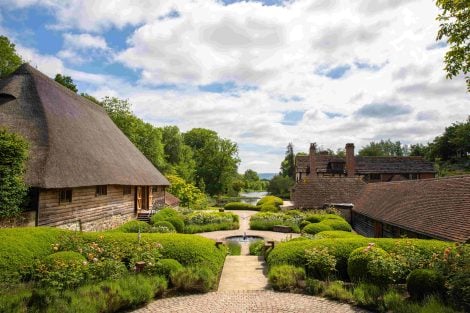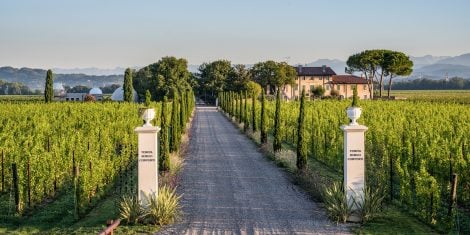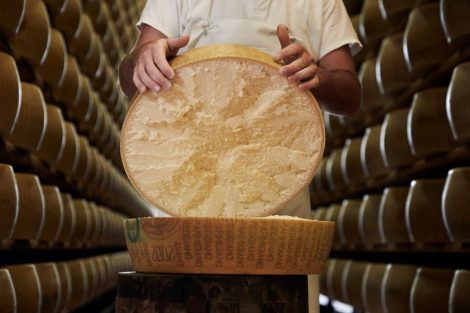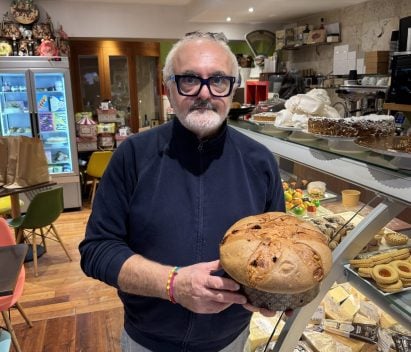Cannonau is undoubtedly one of the flagships of Sardinian winemaking, along with Vermentino, with which it shares the spotlight. Until a few years ago, it was believed that Cannonau had arrived in Sardinia from Spain, where it is still cultivated today under the name Garnacha. However, recent studies have rewritten the history and journey of this grape variety. Bioarchaeological evidence shows that Cannonau was cultivated in Sardinia as far back as 1200 BC and that it began its "journey" from here to the coasts of the Mediterranean. Genetically, there is about an 80% similarity with Spanish Garnacha and French Grenache (which are, however, completely identical to each other).
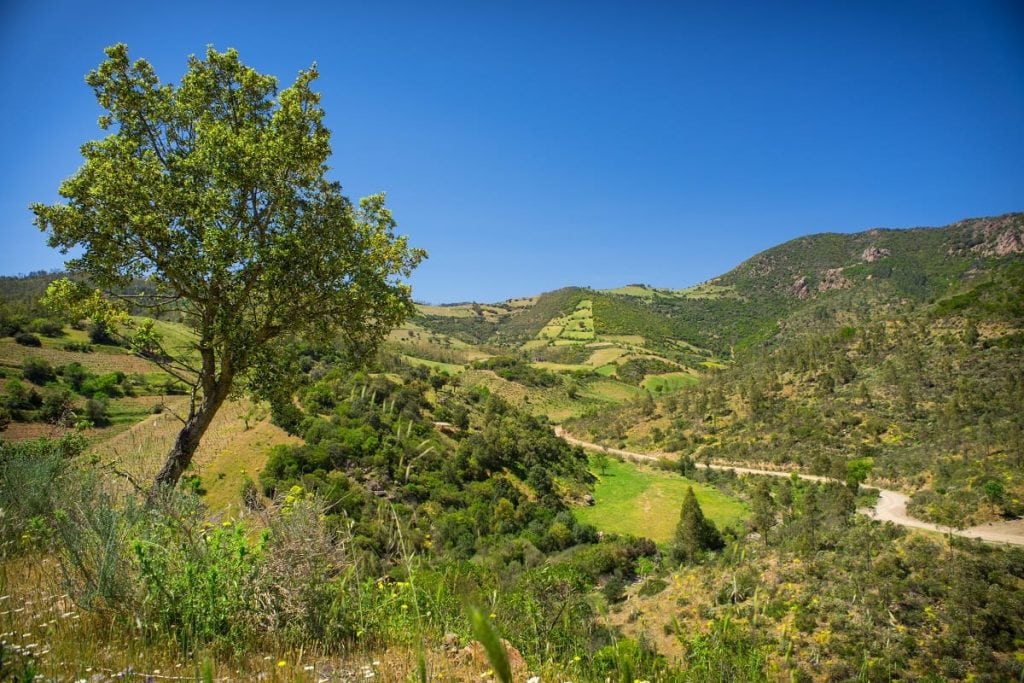
Regardless of these findings, another fact stands out: this ancient family of grape varieties currently accounts for more than 200,000 hectares of vineyards worldwide. Its success is largely due to its ability to adapt well to warm climates, thriving even in challenging conditions while producing fine, elegant, fragrant, and long-lived wines.
Cannonau di Sardegna: distribution and characteristics
In Sardinia, Cannonau finds its ideal habitat on decomposed granite soils. The grape variety is cultivated in every corner of the region, covering over 7,500 hectares (more than 30% of Sardinia's vineyards). Barbagia and Ogliastra are the primary regions, and within these areas, subzones convey their unique characteristics. Notable locations include Mamoiada, Oliena, Jerzu, and Dorgali.
Since 1972, Cannonau has held a regional DOC designation, allowing production across the island. The three subzones are Oliena, Capo Ferrato, and Jerzu. The most recent changes to the regulations in 2011 introduced the "Classico" designation for wines produced in the Barbagia and Ogliastra subregions. The permitted types include Rosso, Rosato, Riserva, Passito, and Liquoroso. In recent years, significant efforts have been made to enhance wine quality, focusing on finesse and elegance, soft tannins, good salinity and acidity, and ageing potential. Efforts have also centred on more precise extraction techniques and greater reliance on large barrels, allowing the specific characteristics of various territories to shine. Some areas, highly suited to viticulture, would benefit from having autonomous designations to better highlight the unique traits of their soil and microclimate.
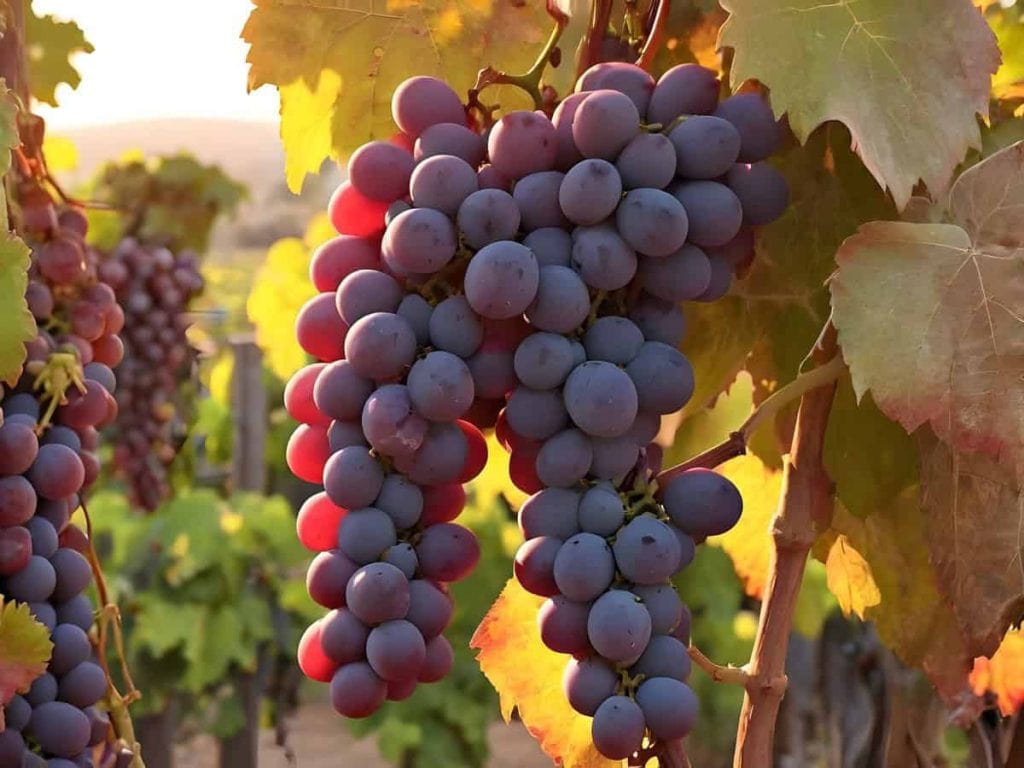
The best value-for-money Cannonau wines of Sardinia
The following list comprises Sardinian Cannonau wines reviewed and awarded in the Berebene 2025 guide and Vini d'Italia 2025 by Gambero Rosso. These wines are a great starting point to explore the fascinating qualities of this Sardinian and Mediterranean grape variety.
The Cannonau '22 by Antonella Corda is exceptional. This young agronomist produces wines of rare elegance with great mastery, charting a new path not only for Cannonau but for Sardinian winemaking as a whole. Bold and forward-thinking, she has earned her place on the Sardinian winemaking scene with her wines from southern Sardinia. Her production reflects her homeland entirely, focusing on Cannonau, Nuragus, and Vermentino, vinified purely, whether in steel, wood, or amphorae.
The Cannonau Riserva '19 by Cantina Castiadas is a genuine, characterful Capo Ferrato wine. Minty and eucalyptus notes, prominent red fruit, and a sapid-tannic balance make it exemplary. The cooperative, named after the inland town marking the Cannonau di Sardegna Capo Ferrato subzone, produces a range of authentic and high-quality wines. Cannonau is the undisputed protagonist, showcased in various styles (even a sparkling "Metodo Classico").
Giuseppe Gabbas' Lillové is fresh and immediate, while the Arbòre is soft and enveloping. Giuseppe Gabbas is undoubtedly one of the most important figures in Cannonau winemaking. Since 1974, his meticulous work in the vineyard has elevated this grape and the Barbagia region, producing wines of rare complexity.
- Cannonau di Sardegna Cl. Arbòre 2021 - Giuseppe Gabbas
- Cannonau di Sardegna Lillové 2023 - Giuseppe Gabbas
The high-profile range from Poderi Parpinello impressed during recent tastings. Their Riserva stood out with its complex nose and multifaceted yet elegant palate.
Ferruccio Deiana, with his son Dario, runs an important winery in southern Sardinia. This year’s offerings stood out, especially the Sileno '22, a juicy and easy-drinking Cannonau.
Salvatore and Nicoletta Pala, alongside their father Enrico, lead Audarya, based in Serdiana. Within a few years, they’ve become renowned both in Italy and abroad for producing wines with strong ties to Sardinian tradition. Their 30 hectares of vineyards yield modern wines from traditional varieties like Cannonau, Vermentino, Malvasia, Nuragus, Bovale, and Monica.
The Cannonau Jerzu by Alberto Loi exudes refinement. This Jerzu-based winery produces highly traditional wines that are unique and full of character.
The Nalboni by Li Duni, meaning "the dunes" in Gallurese, refers to the sandy dunes where the vineyards grow. Situated in northern Sardinia, near Badesi, the soils here are sandy rather than granite-based, with many ungrafted vines.
The Tiscali '21 by F.lli Puddu is a structured and characterful Cannonau. Based in the Nepente di Oliena subzone of the Cannonau di Sardegna DOC, this winery has been a benchmark in Sardinian winemaking since its founding in 1976. Modernised equipment and diversified production, including 15 hectares of olive groves, underpin its success. The range includes reds, whites, rosés, and an Italian-method sparkling wine—all made from Cannonau grapes.

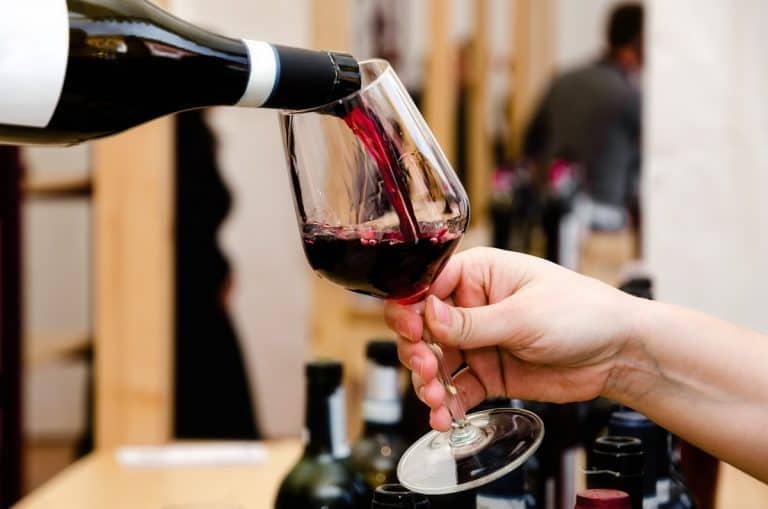
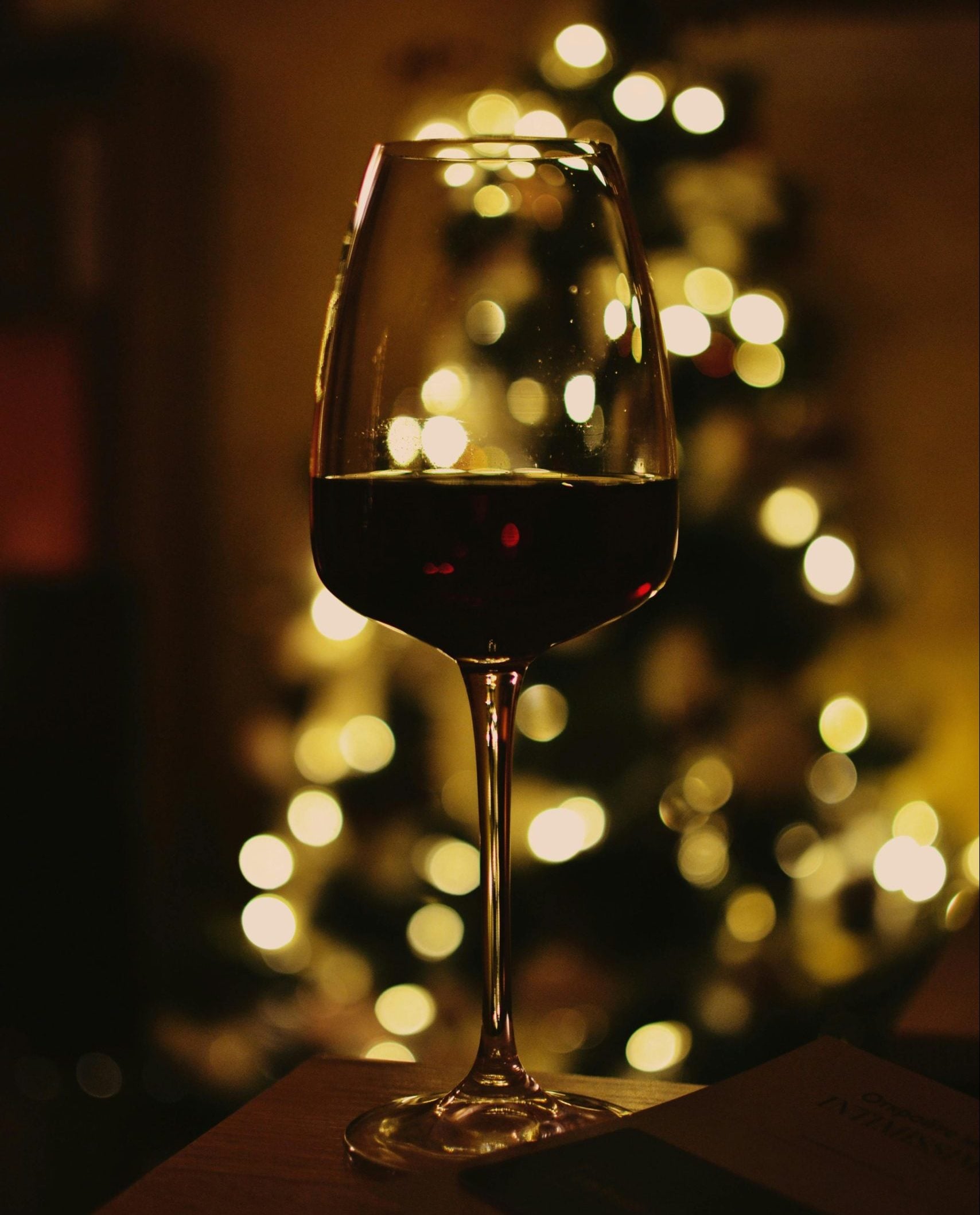 What do sommeliers drink at Christmas?
What do sommeliers drink at Christmas?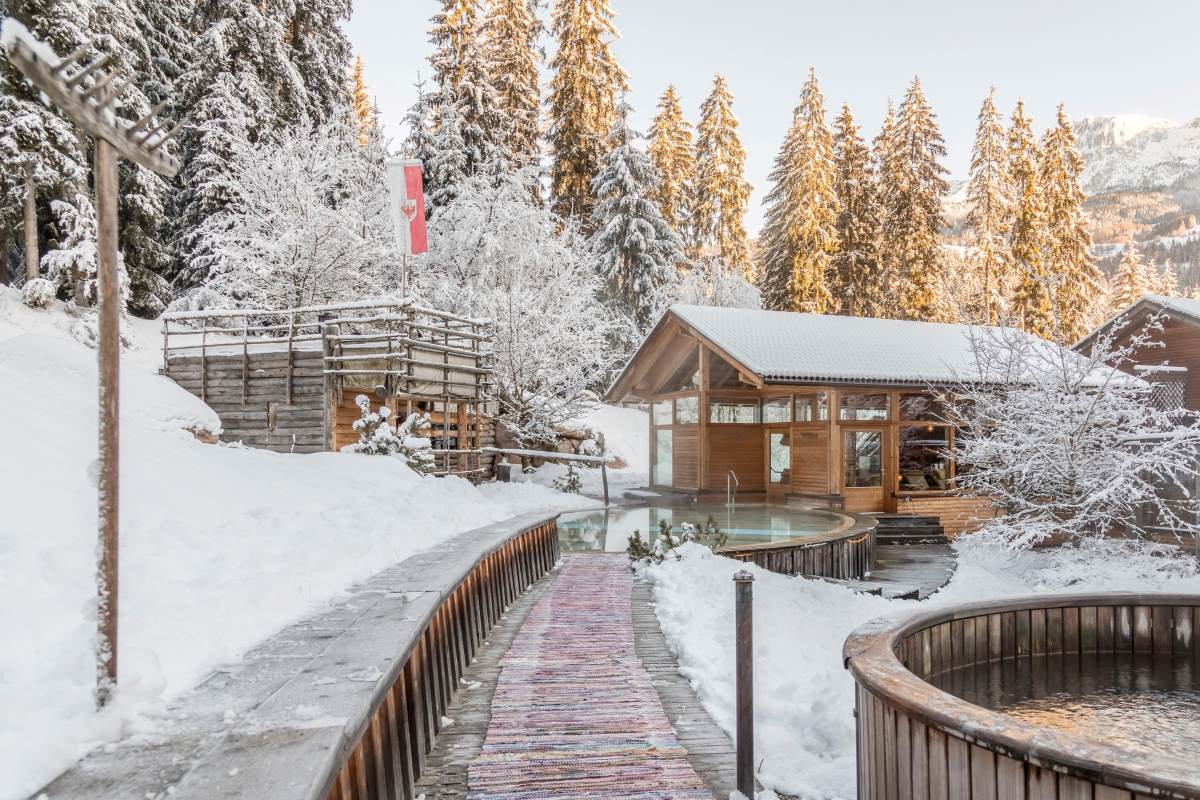 The alpine hotel where you can enjoy outstanding mountain cuisine
The alpine hotel where you can enjoy outstanding mountain cuisine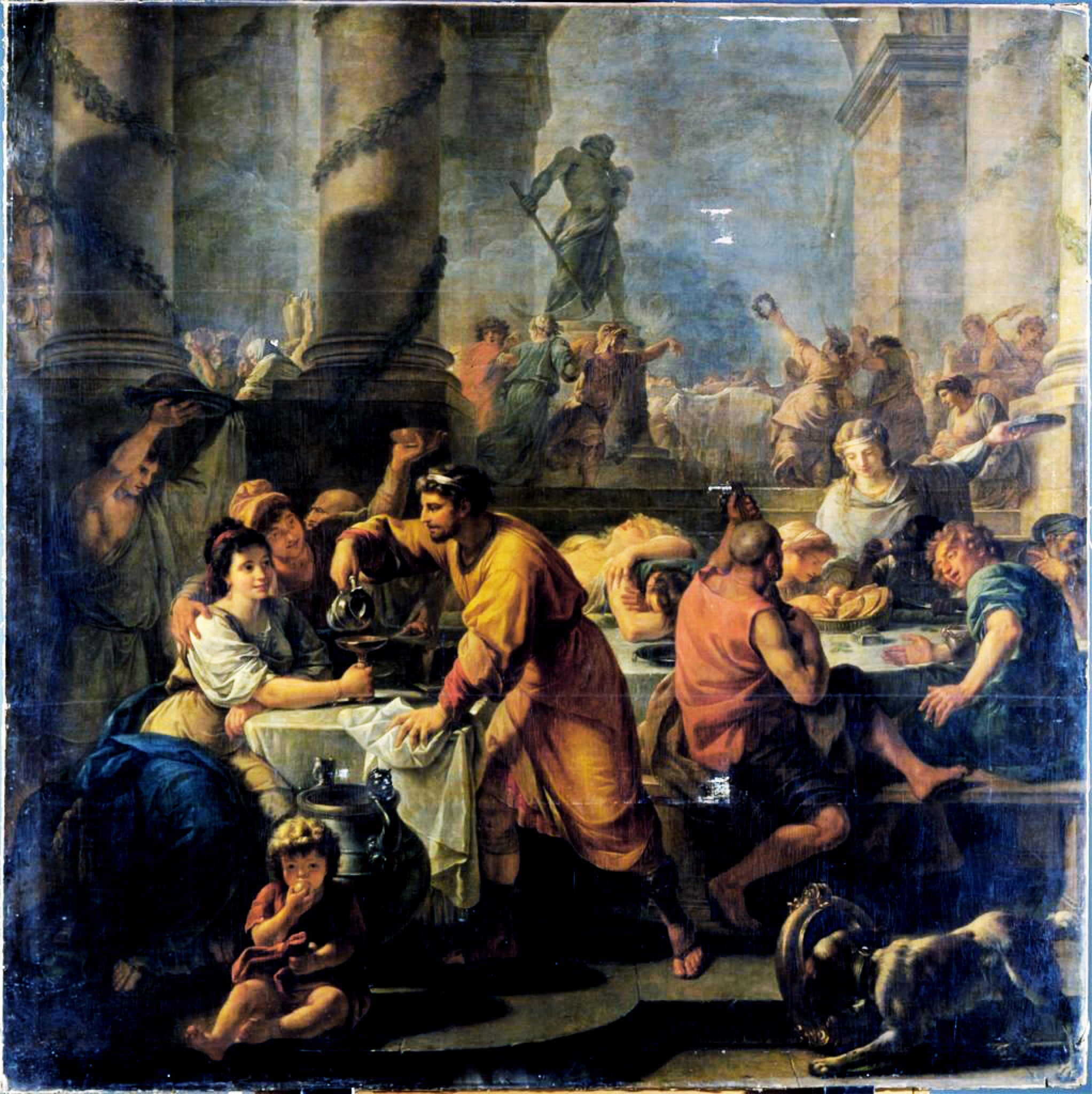 Io Saturnalia! How to celebrate the festive season like an Ancient Roman
Io Saturnalia! How to celebrate the festive season like an Ancient Roman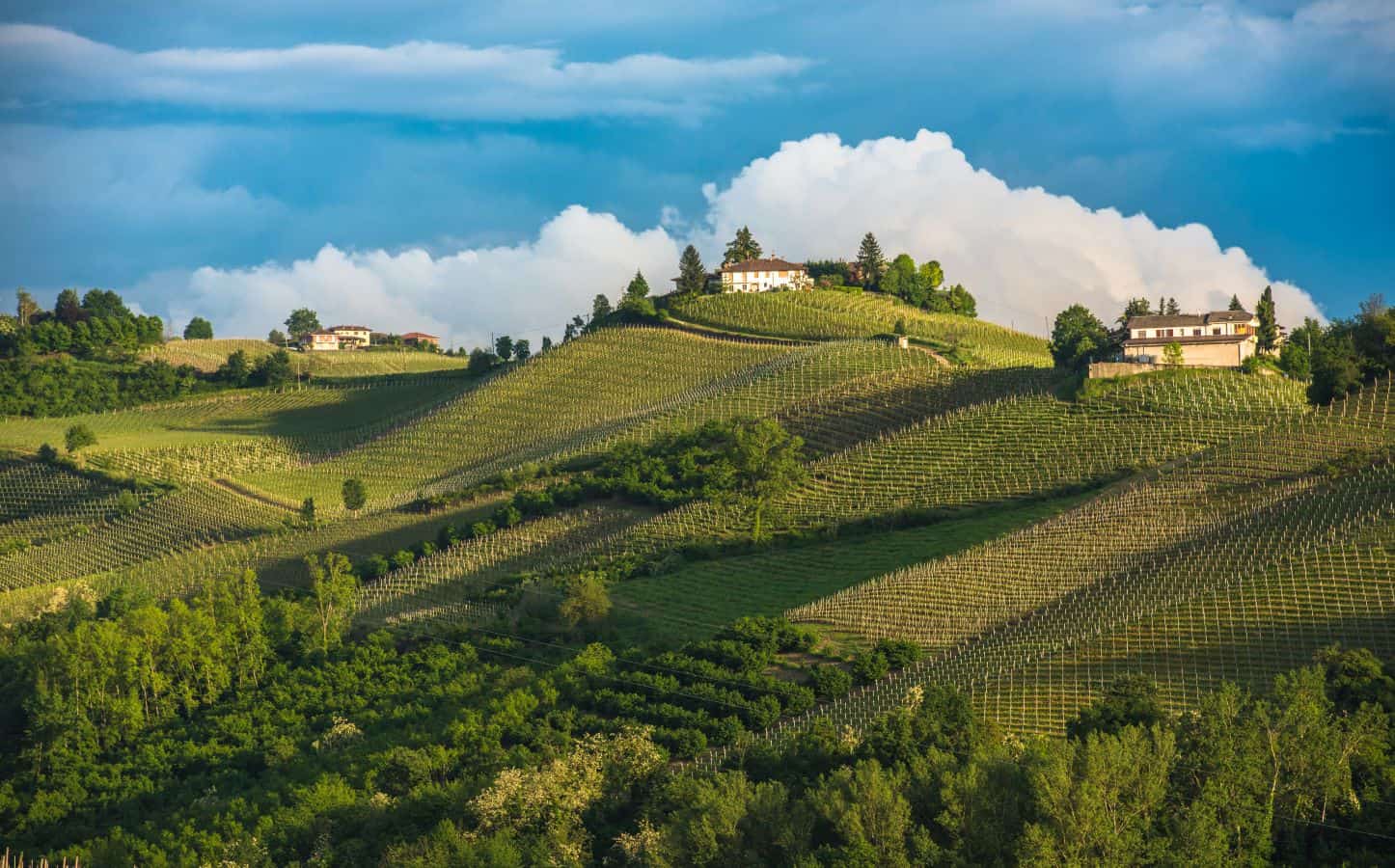 The UNESCO effect: tourism is growing, but there is a risk of losing identity
The UNESCO effect: tourism is growing, but there is a risk of losing identity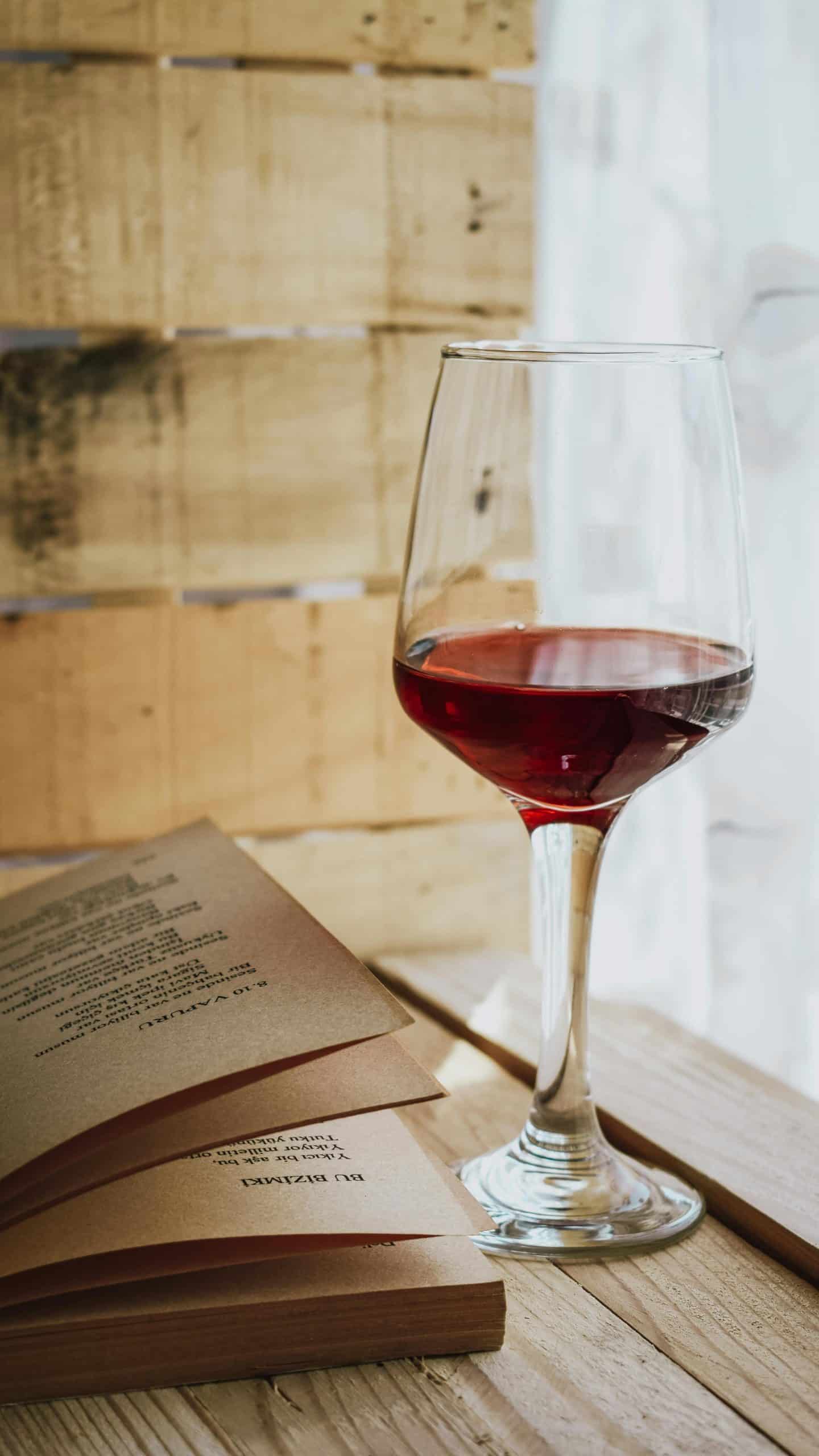 The perfect pairing? Wine and books
The perfect pairing? Wine and books